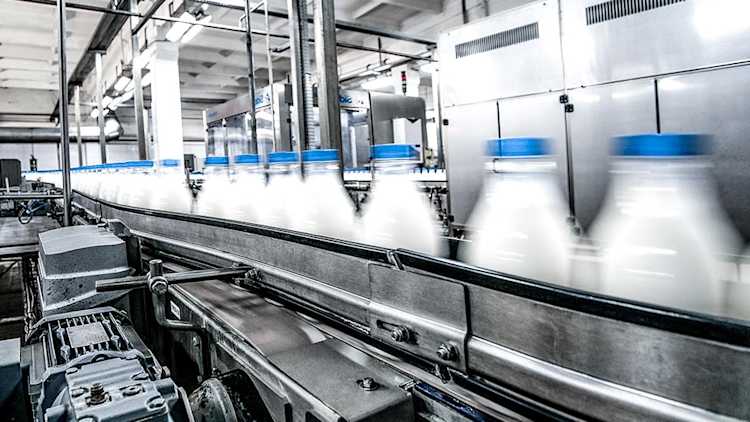2021 Dairy outlook update: Expect headwinds from surging grain prices

This is the first of three quarterly updates to our 2021 outlook for Canada’s dairy sector published in January. Last week we updated our grains, oilseeds, and pulses outlook, and in the next three weeks, we’ll update the outlooks for cattle and hogs and broilers.
Since our January outlook, profitability projections have worsened for both the P5 and the Western Milk Pool (WMP). On the one hand, realized revenues for the first quarter of the year have exceeded our January forecasts. Accordingly, dairy farms’ gross revenues per hl are now expected to increase by 3.7% compared to 2020. On the other hand, the ongoing grains’ price rally has raised our cost projections.
Table 1 compares our January and May gross revenues forecasts. The feed cost indices show how surging grain prices have caused us to revise our feed cost forecasts since January.
Table 1: Estimates of average dairy revenues and feed cost indices
| January forecast for 2021 | Actual Q1*2021 | Forecast Q2-Q4 2021 | May forecast for 2021 | ||
|---|---|---|---|---|---|
| P5 | Gross revenues ($/hl) | 81.78 | 83.46 | 83.06 | 83.16 |
| Feed cost index | 100 | 103.6 | 108.8 | 107.5 | |
| WMP | Gross revenues ($/hl) | 82.69 | 84.57 | 84.67 | 84.64 |
| Feed cost index | 100 | 102.2 | 107.8 | 106.4 | |
* Data for March were not yet available and are forecasted.
Source: FCC feed cost projections are based on Statistics Canada table 18-10-0266. Gross revenues are calculated using data from the Government of Alberta, the Dairy Farmers of Ontario, Statistics Canada and USDA. The calculations for gross revenues do not include the butterfat premium and penalties for over-quota production.
Our recent forecasts for 2021 anticipate a 6% growth in dairy cash receipts, driven by a 3.4% increase in the average milk price reported by Statistics Canada and a 2.5% increase in volumes. The increase in the milk price is consistent with the 3.7% increase in gross revenues in Table 1.
Our production forecast follows the trend line for Canadian milk production (Figure 1). Last year, the P5 and the WMP introduced production cuts in response to the drop in consumption early in the pandemic. By the fall, the two pools had ramped up production by issuing incentive days and increasing production quotas. The P5 increased production quotas by 1% on April 1 and will introduce an additional 1.5% on June 1. With the expected reopening of the economy in the second half of the year, production growth should continue along the trend set in the previous ten years.
Figure 1: Milk production in Canada

Source: FCC forecast based on Statistics Canada Historical Production table 32-10-0113.
Exports of skim milk powder and milk protein concentrate
Total exports of skim milk powder and milk protein concentrate are slightly above 22,000 MT at the beginning of May. With only three months left in the dairy year, the 35,000 MT export quota under CUSMA will not be filled. This suggests that the industry has been finding ways to add value to non-fat solids in Canada, minimizing the impact of the export quota on dairy farm prices.
Reopening of food services
The reopening of food services is crucial for demand to get back to pre-pandemic levels. The recent surge in COVID-19 cases forced the return of several sanitary measures in 2021 Q1 and the start of Q2. The distribution of vaccines should make the reopening of food services possible in the second half of the year, boosting demand for dairy products.
U.S. dairy prices
In Q1 of 2021, the U.S. non-fat dry milk price was US$1.15/lb, up US$0.04/lb from Q4 of 2020. In its latest supply and demand estimates, USDA forecasts the U.S. non-fat dry milk price to average US$1.160/lb in 2021, a 5% increase compared to its January forecast. The minimum price for class 4a milk is based on the U.S. non-fat dry milk price but has not been following the same trend because of the appreciation of the Canadian dollar vs. the U.S. dollar.
Check back for a regular update of this 2021 dairy outlook and for outlooks on grains, oilseeds and pulses, cattle and hogs, broilers, and food processing sectors.
Article by: Sébastien Pouliot, Principal Economist
